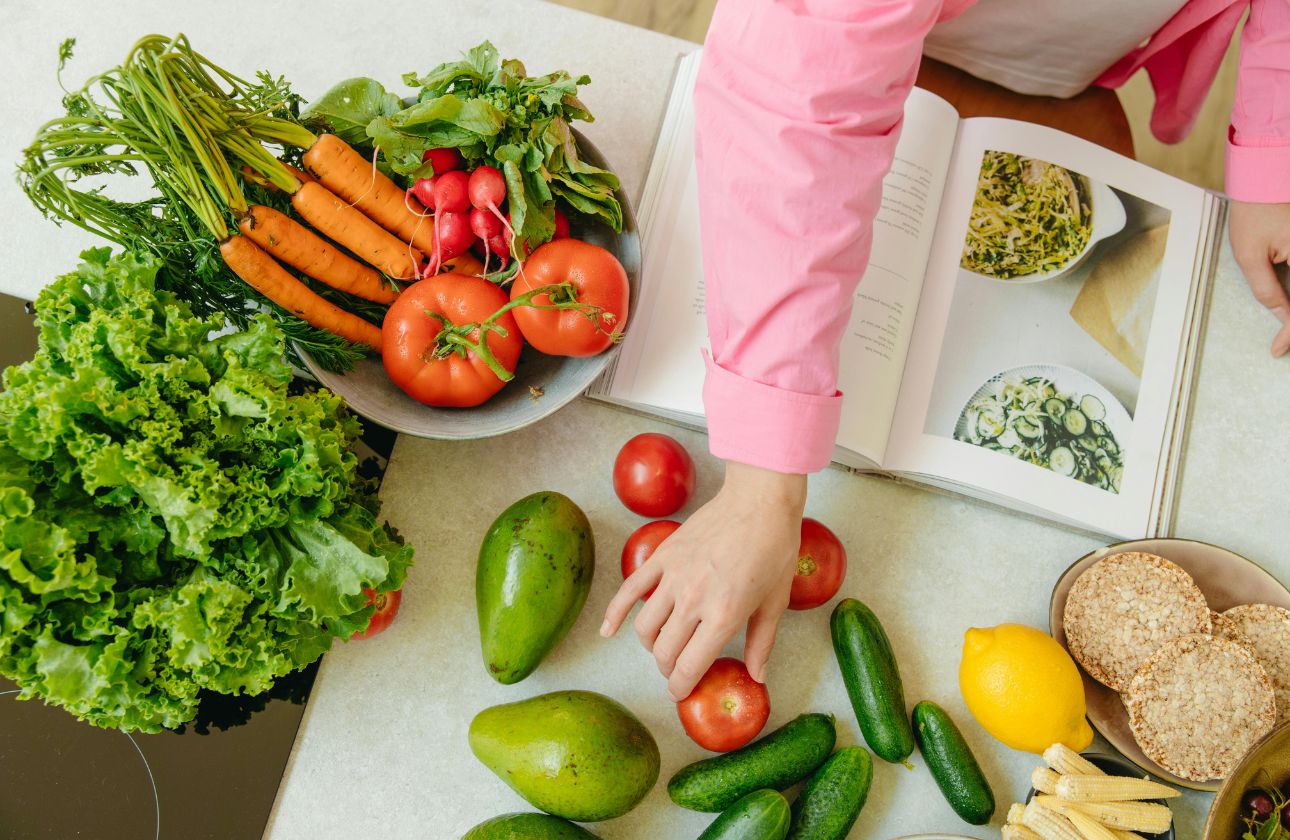The Ultimate Guide to Vegan Cooking
Introduction to Vegan Cooking
If you're looking to adopt a healthier lifestyle or simply explore new culinary horizons, vegan cooking is a fantastic choice. Vegan cuisine focuses on plant-based ingredients, avoiding all animal products including meat, dairy, and eggs. This article will provide an introduction to vegan cooking, tips for success, and simple recipes you can try at home.
Benefits of Vegan Cooking
There are numerous benefits to adopting a vegan diet. Not only can it lead to improved health outcomes, such as lower cholesterol and blood pressure levels, but it also encourages sustainable eating habits that benefit the environment. By cooking vegan, you can:
- Increase your intake of fruits and vegetables.
- Reduce your carbon footprint.
- Experiment with diverse flavors and cuisines.
Getting Started with Vegan Ingredients
To embark on your vegan cooking journey, familiarize yourself with essential plant-based ingredients. Here are a few staples:
- Legumes: Beans, lentils, and peas are great sources of protein.
- Grains: Quinoa, brown rice, and oats provide fiber and nutrients.
- Nuts and Seeds: Almonds, chia seeds, and flaxseeds offer healthy fats and additional protein.
- Fruits and Vegetables: Fresh produce is the cornerstone of vegan cooking.
Easy Vegan Recipe Ideas
Once you have your ingredients, you can start cooking! Here are two easy vegan recipes to try:
Vegan Stir-Fry
Combine your choice of chopped vegetables such as bell peppers, broccoli, and carrots with tofu, soy sauce, and garlic in a wok. Stir-fry for about 10 minutes and serve over brown rice.
Chickpea Salad
Mix canned chickpeas, diced cucumbers, tomatoes, red onion, and parsley. Dress with olive oil and lemon juice for a refreshing salad.
Vegan cooking opens up a world of delicious possibilities while contributing to a healthier lifestyle. By utilizing the tips and recipes provided in this guide, you’ll be well on your way to mastering the art of plant-based cooking.




Comments (0)